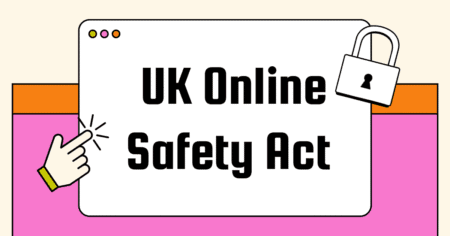Every day, it is becoming more and more difficult to tell a bad guy from a good one on the internet. Therefore, if you are a website creator or owner, it is imperative that you always remain a step ahead of hackers.
10 Major Threats Websites Face
We have taken the time to research 10 of the biggest threats websites face in today’s world. Read on to know more so you can take the necessary measures.
1. Injection
This is when hostile data is sent for processing by an interpreter as part of a query or command. The data usually results into interrupted commands or corrupt data. The most common type of injection on the internet is SQL injection.
2. Cross-Site Scripting
This is when a web application sends data provided by a user without validating or encrypting it. In this case, cross-site scripting (XSS) can occur. Cross-site scripting enables hackers to execute scripts in a victim’s browser hijacking user sessions.
3. Insecure Direct Object References
Not all web applications will verify whether a user is authorized to access the target resource. In such a case where access control check is unavailable, secure data can be easily stolen by attackers.
4. Cross-Site Request Forgery
This works by tricking a victim to submit fake HTTP requests through Cross-Site scripting or even image tags. It results in web applications unintentionally giving hackers the ability to predict the details of a transaction by automatically generating session cookies. This attack creates a duplicate web page that generates forged requests.
5. Insecure Cryptographic Storage
It is an astonishing revelation that some web application do not properly encrypt sensitive information like credit card numbers and other personal details. This weakness makes it easy for attackers to access this data and use it for criminal activities.
6. Failure to Restrict URL Access
One way web applications can protect sensitive information is by displaying the relevant URL only to authorized users. Failure to do this means that an attacker can valium access these URLs and exploit their weaknesses to perform illegal transactions.
7. Invalidated Re-Directs and Forwards
Redirecting or forwarding users to different pages is common practice for many web applications. However, doing this without proper validation makes it easy for attackers to redirect unsuspecting victims to sites infected with malware or phishing programs.
8. Broken Authentication and Session Management
This happens when an account’s credentials or session tokens are not properly protected and verified. It is then easy for attackers to steal passwords and keys to use to perform crimes.
9. Security Misconfiguration
Any weakness in security configuration is a potential exploit point for attackers whether it is on the platform, server, framework, or code. They give attackers access to accounts, pages, files, and system data.
10. Insufficient Transport Layer Protection
This is when an application fails to encrypt and authenticate sensitive traffic on a network. It could be through supporting weak algorithms, using expired certificates, or incorrectly executing commands.
How to reduce chances of your website being attacked
There are luckily, many tools that you could use to ensure that your website is protected. Here are two that you could use:
- Sitelock: It can protect your business in addition to your website because your online reputation and security are critical to the success of your business.
- Cloudflare: It uses a collective intelligence shared by a web community to provide the best protection against threats.
- Secure Socket Layer(SSL): works by securing by encryption, data that is sent over the internet between a visitor’s browser and your website.





